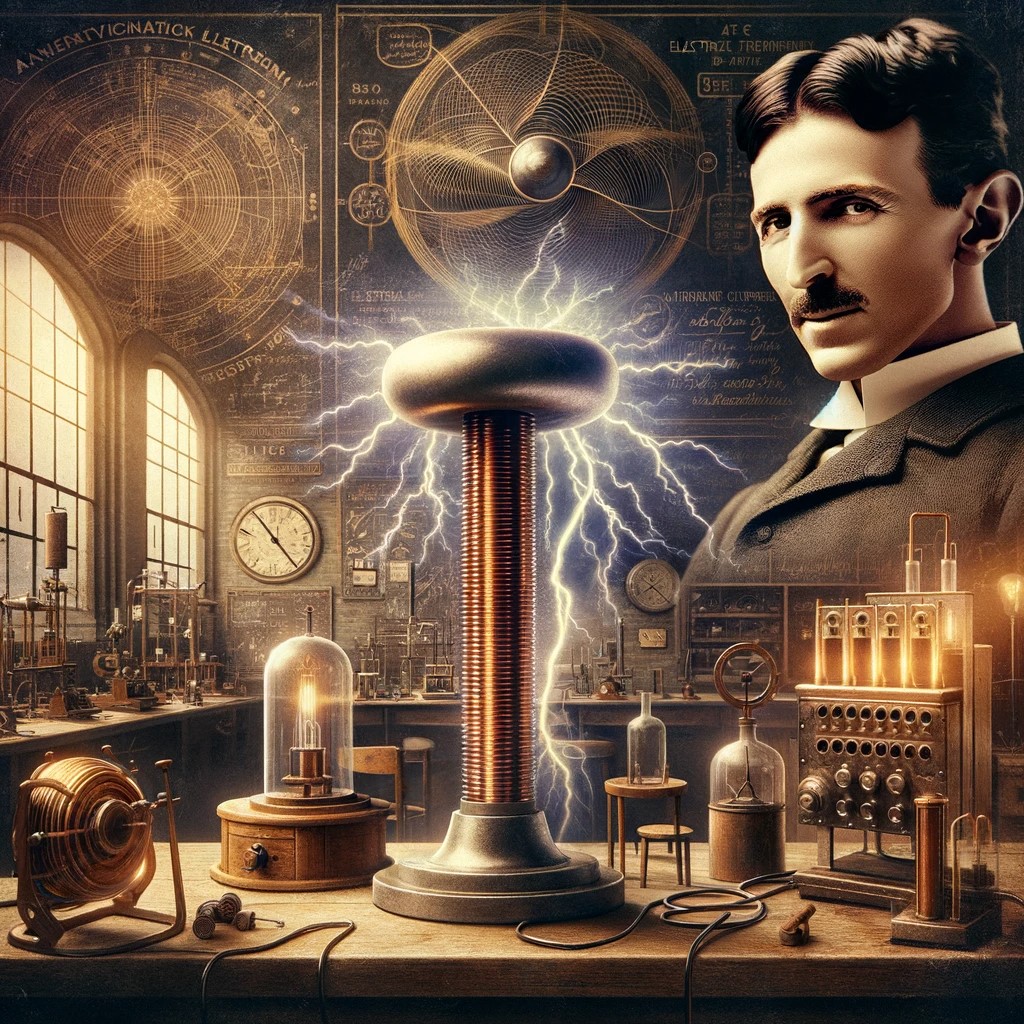Assessing Your Invention’s Patentable Utility

Turning Concept into Reality: Assessing Your Invention’s Patentable Utility
When renowned inventor Nikola Tesla first conceived of the rotating magnetic field principle that would power practical alternating current motors and generators, his breakthrough was still merely an idea on paper. It was not until Tesla built working models that he could demonstrate the real-world utility required to patent his inventions that would change the world. Like Tesla, all inventors must consider – does my invention have patentable utility?
Under 35 U.S.C. § 101, in addition to falling into a statutory category, an invention must be “useful” to be patentable. This utility requirement is satisfied if the invention has a specific, substantial, and credible real-world use. According to a 2022 USPTO report, nearly half of all patent applications initially fail to clearly establish utility. But by understanding what patent examiners look for, you can improve your odds of demonstrating usefulness.
Key Factors for Assessing Invention’s Patentable Utility
The patent experts at Global Patent Solutions LLC (GPS) recommend assessing these factors when evaluating your invention’s utility:
- Identify a specific, well-defined purpose for the invention. Vague, throwaway uses like “advancing the state of knowledge” do not suffice.
- Show that the invention actually works and produces a tangible result. Evidence like working models or prototypes can help establish real-world operability.
- Disclose a novel benefit, improvement, or solution provided by the invention. Mere assertions or ideas aren’t enough without a demonstrated new utility.
- Provide technical reasoning and capability analysis that experts would find credible. Have subject matter experts vet the invention’s capabilities and believability.
- Make sure utility is clearly reflected both in the specification and the language of the patent claims. Don’t leave room for doubt on usefulness.
Conclusion
Satisfying the utility requirement is not just a check-the-box formality. A well-crafted demonstration of usefulness can be the difference between getting a patent granted or having your application rejected. With assistance from experts like GPS, you can avoid stumbling on patentability by transforming your idea on paper into a well-documented invention with irrefutable utility.
Don’t leave patentability to chance. Be sure to evaluate your invention like Tesla did, proving its patentable usefulness before filing. Ask yourself – have I shown my concept has what it takes to change the world?
Next in the Series: Is your invention novel compared to prior art?
